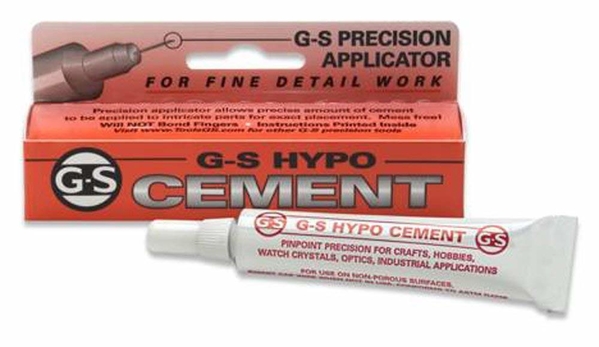I have a bottle of UV cure lens cement made specifically for gluing camera lens elements. It is basically the same thing as the UV cure glues advertised on TV not only will they not fog the plastic lens they cure instantly with the UV light pen that comes with the glue.
A strategy I have used for CA damaged windows is to sand out the damage caused by CA glue and then paint on a couple layers of Future acrylic floor polish fix to 85-90% of original, not perfect but better than a white glob. I have not tried the UV cement for this as once cured it cannot be un-done. Though it can be sanded to shape and recoated. In the right situation it may have uses to repair CA damage. It will self level if left in the dark for enough time. Then you could apply the uv light to set and cure it. I can even imagine a composite repair using the UV cure cement sanded to shape then a coat of Future to hide the sanding scratches.
BTW. I get scratches on my eyeglasses when I press my camera against the glasses. So I wash the glasses, let dry, then dip in Future, or any other acrylic floor finish. The scratches are gone ! j







